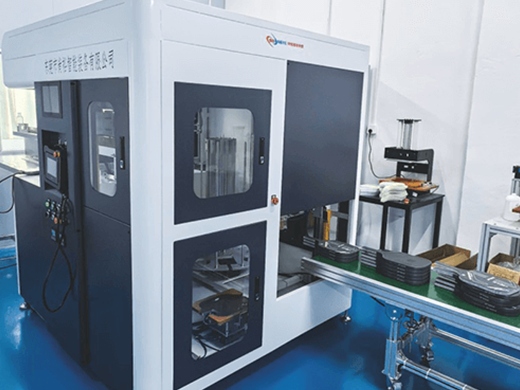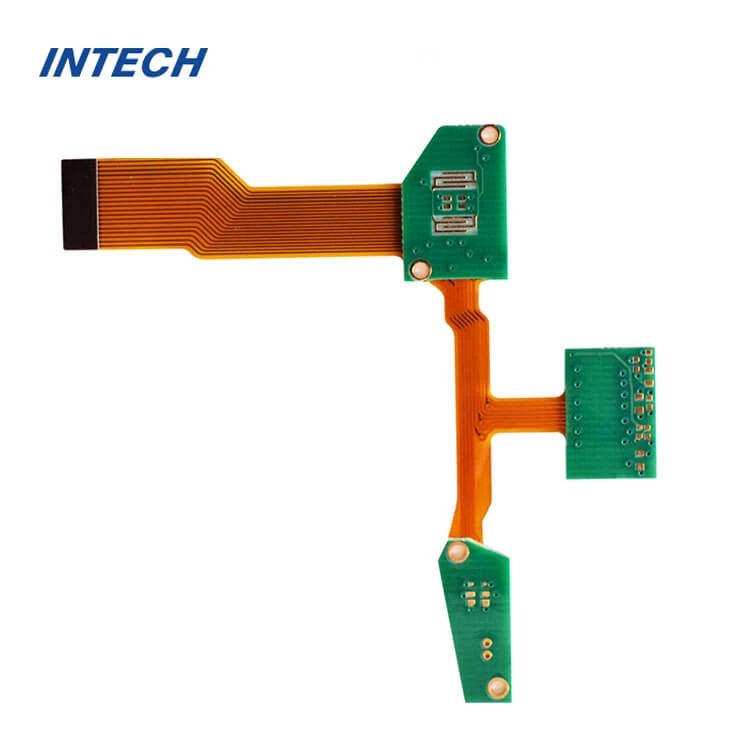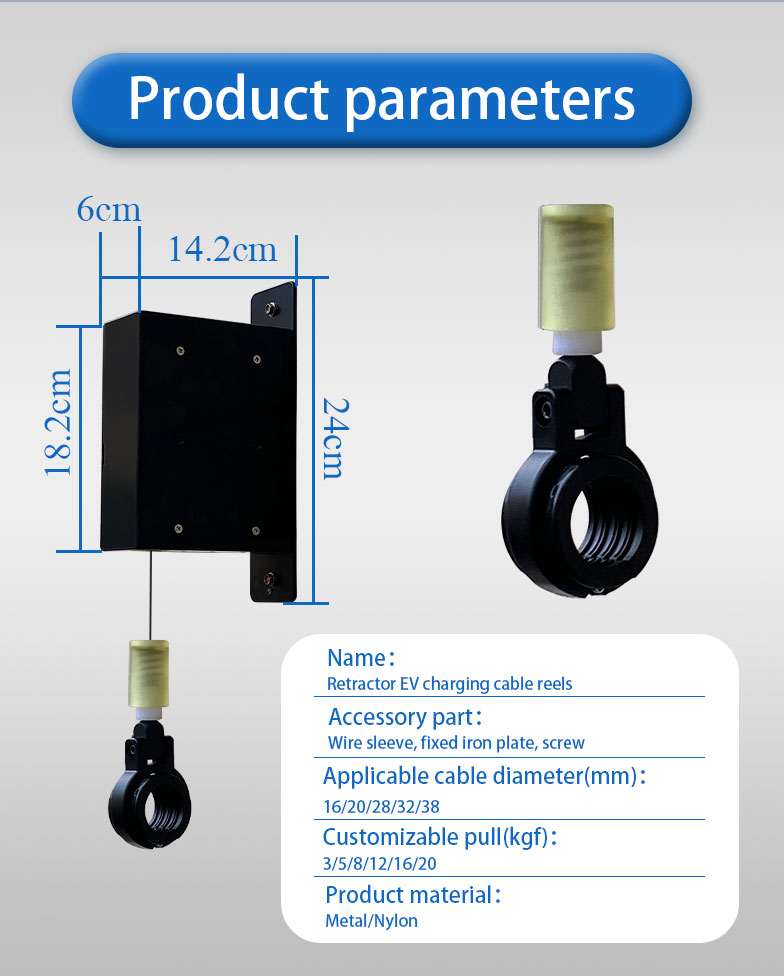Ultra High Frequency (UHF) Radio Frequency Identification (RFID) readers are transforming the way businesses manage inventory, track assets, and enhance operational efficiency. These advanced devices offer a range of benefits that make them indispensable in various industries, from retail to logistics. In this blog post, we will explore the advantages, applications, and key features of UHF RFID readers.Without exception, rfid tag Our customers are willing to purchase their products, because high quality is the concept of their products. https://www.vanchrfid.com/
Advantages of UHF RFID Readers
1.Extended Range: UHF RFID readers have a longer read range compared to Low Frequency (LF) and High Frequency (HF) readers. This makes them ideal for applications where tags need to be read from a distance, such as in large warehouses or outdoor environments.
2.High-Speed Reading: These readers can process multiple tags simultaneously, significantly speeding up the inventory counting process and reducing manual labor.
Improved Accuracy: UHF RFID readers provide high accuracy in tracking and identifying items, minimizing errors and ensuring that inventory data is always up-to-date.
3.Cost-Effective: Although the initial investment may be higher, the long-term benefits of reduced labor costs, increased accuracy, and improved efficiency make UHF RFID readers a cost-effective solution.
Applications of UHF RFID Readers
1.Inventory Management: In retail and warehouses, UHF RFID readers streamline inventory management by enabling quick and accurate counting of stock. This leads to better stock control and reduces instances of overstocking or stockouts.
2.Asset Tracking: Businesses use UHF RFID readers to track valuable assets such as equipment, vehicles, and tools. This helps in reducing theft, loss, and misplacement of assets.
3.Supply Chain Management: UHF RFID readers enhance visibility across the supply chain, allowing for real-time tracking of goods from production to delivery. This improves transparency and efficiency in logistics.
4.Access Control: In security-sensitive environments, UHF RFID readers are used to control access to restricted areas. They ensure that only authorized personnel can enter specific zones.
5.Healthcare: Hospitals and clinics use UHF RFID readers to track medical equipment, medications, and patient information. This improves patient care and ensures the availability of critical supplies.
Key Features of UHF RFID Readers
Multiple Tag Reading: UHF RFID readers can read hundreds of tags simultaneously, making them highly efficient for large-scale operations.
Durability: These readers are designed to withstand harsh environments, including extreme temperatures, dust, and moisture, ensuring reliable performance in various conditions.
Connectivity Options: UHF RFID readers come with various connectivity options such as USB, Ethernet, and Wi-Fi, allowing seamless integration with existing systems.
User-Friendly Interface: Many UHF RFID readers feature intuitive interfaces that make them easy to set up and use, even for personnel with limited technical expertise.
Compatibility: They are compatible with a wide range of RFID tags and labels, providing flexibility in their applications.
Choosing the Right UHF RFID Reader
When selecting a UHF RFID reader, consider the following factors:
Read Range: Choose a reader that meets the required read range for your specific application.
Environment: Ensure the reader is suitable for the environmental conditions where it will be used.
Tag Compatibility: Verify that the reader is compatible with the types of RFID tags you are using.
Integration: Look for readers that can easily integrate with your existing systems and software.
Conclusion
UHF RFID readers are powerful tools that offer numerous benefits for businesses across various industries. From improving inventory management to enhancing supply chain visibility, these devices play a crucial role in modern operations. By investing in UHF RFID technology, businesses can achieve greater efficiency, accuracy, and cost savings.






